You Will Need These to Help Your Students Count Past 100…
I made the Hundreds Chart Number Cards to 1200 to push our second and third grade students towards counting higher numbers. I found a need for a chart that extended past 100 or even 300 after doing some basic counting assessing with students. This year, we gave all of the students in grades 1-5 a counting assessment to see how high they could count. We asked them how high they thought they could count. Following this question, we had them start counting by ones starting ten back from that number. So for example, if a student said they could count to 200, we had them begin counting at 190 and count until they made an error. We noted the number they counted to and their errors. Doing this proved very revealing, and helped me know where a lot of misconceptions about basic number sense are occurring. Now I am seeing a need to continue practicing counting and exploring patterns past 1000. Some students can count to 1000, or even 1009, but have difficulty after 1009 or 1099. They often think 2000 is the next number. That is why I have made these numbers to give teachers a tool to help explore these patterns up to and past 1000. I specifically created this set of numbers for third graders who are having just this difficulty but this could be used with any grade level K-5.
How the Hundreds Chart Number Cards can be used:
When students have learned to count 1-100, higher numbers may be placed on the hundreds chart to recognize patterns and generate discussion. For example, you may decide to place numbers 51-150 on the chart so students can practice counting past the 100 century. Also, you may put 3 hundreds charts together on top of each other in your classroom and begin with 1-300 so students can see patterns among different centuries. When students have learned 1-300, the cards may be replaced with higher numbers such as 301-600, 601 -900, and so on.
The Hundreds Charts Numbers may be used in a variety of ways. Use the numbers for daily counting and number recognition. The numbers may also be used for other activities. For example, remove some of the numbers from the chart and hand them out to students to put back into the empty spaces. In order for students to place the number back in the chart, they must explain the pattern they used to place the number. The cards may also be used for pattern recognition of multiples or even/odd numbers. If copying lots of color is not a problem, the red and white cards are provided for pattern recognition. For an ink saving version, use the black and white version to copy multiples on different colored card stock.
These will fit in the hundreds pocket chart you may already own. Just click the picture below. This will take you to TPT to download the numbers.
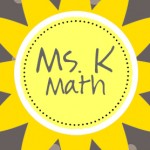
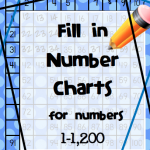
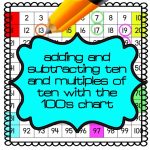
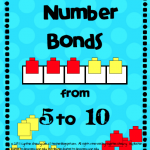



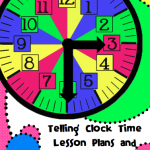














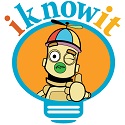







Leave a Reply